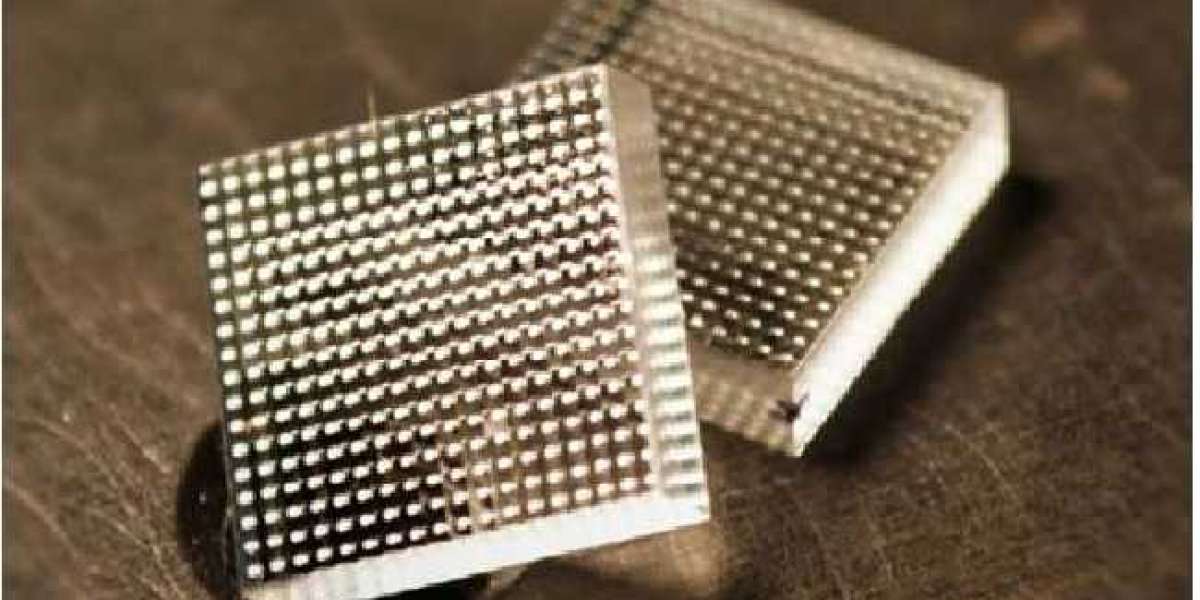Microlenses are now an indispensable optical element in most optical systems. The technology advancement has led to a wider variety of microlenses fabrication methods. Microlenses are tiny lenses with an aperture sized several microns and millimeters. As such, a simple design can give good optical quality.
A simple microlens has a plane surface and a spherical convex surface meant to refract light. More complicated microlenses use aspherical surfaces or several layers of optic materials to get the desired result. First, let's look more at the microlens array (MLA).
What are the Different Types of Microlenses?
There are different kinds of microlenses. Some MLAs achieve their focusing power by variation in the refractive index and shape of the surface. The MLA type with 2 flat and parallel surfaces is called GRIN lenses. Then there is the micro-Fresnel lens, which refracts light on curved surfaces.
What are the Advantages of Microlens Arrays?
Some of the notable advantages include; long-term stability. Increased transmission, monolithic structure, homogenization, and beam shaping.
How are Microlenses Fabricated?
Large microlenses fabrication is the same method as traditional lenses. However, smaller dimensions utilize modified optical fabrication methods. Most are applied to microlens arrays. Some examples include:
- Microlens arrays can be made using injection molding using plastic (polymer) materials.
- Various methods of photolithography are used to fabricate diffractive microlenses. Some produce binary structures, where a certain depth of transparent material remains preserved.
- Some methods of lithography use ultrafast lasers or diamond turning.
Materials used in Fabricating Microlenses
The most important step in microlenses design and fabrication is to select the lens material. In addition, it is necessary for the molding process. Additional optical materials include silica, glass, and plastics.
- Polydimethylsiloxane(PDMS)
The PDMS is a silicon-containing thermosetting polymer that exhibits thermal properties at high temperatures while providing a great surface finish.
- Polymethylmethacrylate (PMMA)
The PMMA is currently the best transparent thermoplastic polymer with light transmittance of up to 92%. In addition, it has high transparency, toughness, and heat resistance.
- Photoresist
Under UV radiation of a certain wavelength, the photoresist reacts to complete the solid-state conversion.
- Silica
Silica is glass and is transparent in UV. In addition, the high index of refraction of silicon is perfect for short focal lengths as it enables the use of plano-convex lens design.
Applications of Microlenses
Due to the miniaturization, low phase difference, and high integrability, microlenses, and MLAs play an important role in several fields. These include imaging, sensing, and improving the efficiency of light-emitting devices. Some of the applications include
- There are many imaging devices based on microlenses, such as photocopiers and photo cameras in smartphones.
- Some types of beam homogenizers contain microlens array.
- CCD and CMOs image sensors have photodetectors with microlens that increase the efficiency of the light collection.
- MLAs are used to focus light in some digital projectors. The projectors use LCDs and flat panel displays that use light-modulating properties of the liquid crystal combined with polarizers.
- In optical microscopes, two MLAs create uniform illumination; the two MLAs are placed in the illumination path of a microscope, attaining highly accurate imaging. 3D imaging and displays also use MLA.
With the advancement in technology, you must understand one of the most important optical elements in optical systems. Microlens arrays fabrication is like the traditional lenses, but their application is much more recognized.








